Ever tried to shout in a crowded room? That’s like trying to stand out online in physical therapy without SEO. It’s a bustling digital world out there, and without the right strategies, your website might be another whisper in the wind. Enter SEO – the megaphone you need. At Plerdy, we know the importance of being heard. SEO is not just about being seen; it’s about being found by the right people at the right time. It’s the difference between waiting in the digital shadows and stepping into the spotlight where your patients are actively searching.

Understanding SEO in Physical Therapy
Imagine if your clinic were invisible to half the people in your town. That’s what happens online without effective SEO. In the world of physical therapy, where competition is fierce and digital presence is crucial, understanding SEO is not just beneficial; it’s essential.
SEO, or Search Engine Optimization, is your digital handshake. It’s how you introduce your practice to potential patients searching online. In a field where expertise and trust are paramount, SEO helps your website appear and shine in search results.
Let’s break this down further:
- What is SEO? – SEO optimizes your website for search engine results. This isn’t just about using the right keywords but creating a user-friendly, informative, and accessible online presence.
- Why is it crucial for physical therapists? – People often search for health-related information online, including physical therapy services. A well-optimized website ensures that your clinic becomes a top choice when someone in your area needs therapy services.
As we dive deeper into the SEO world, remember it’s not about tricking search engines. It’s about aligning your online presence with the genuine value you offer, making it easier for those in need to find you. By understanding and implementing SEO strategies, you’re not just improving your website’s ranking; you’re ensuring that the right people find the right help at the right time.
Keyword Research and Optimization for SEO on Physical Therapy Websites
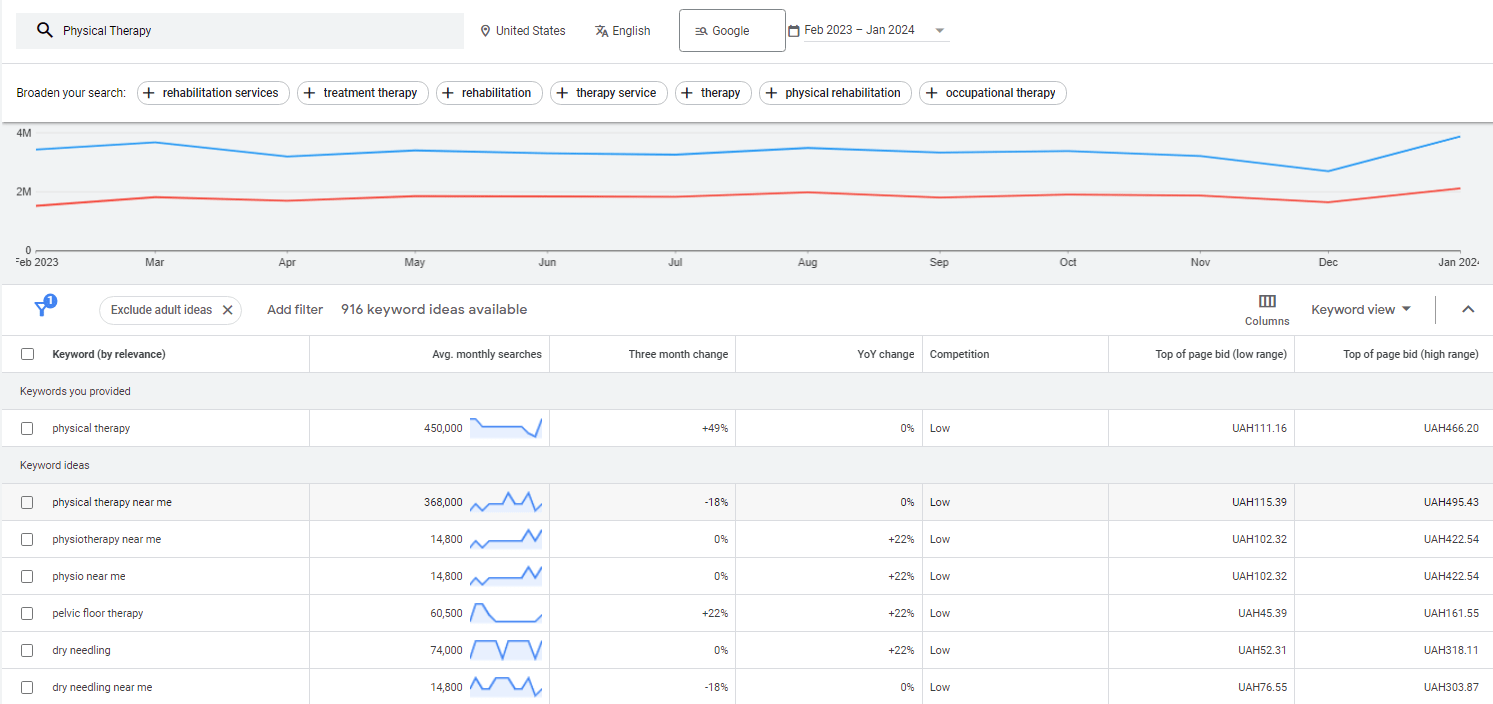
If you own a physical treatment website, optimizing it for search engines can bring in more patients. Search engine optimization (SEO) for physical therapy websites involves researching the terms people use to locate services like yours online.
Finding Your Keywords for Physical Therapy SEO
Your physical treatment website should begin with an SEO strategy. Could you tell me what you provide? “Sports injury rehabilitation,” “pediatric physical therapy,” and “back pain relief” are some examples of search engine optimization keywords. You may find out how popular and competitive specific terms are for physical therapy SEO with the help of Google Keyword Planner and SEMrush.
After that, consider the physical therapy website’s SEO with long-tail keywords. Longer, more precise words with lower search numbers but great SEO potential are less competitive. For example, “post-surgery physical therapy in [Your City]” captures what someone is specifically looking for, making your website a perfect match for SEO.
Incorporating Keywords Effectively for SEO on Your Physical Therapy Website
Once you’ve identified your keywords for SEO, it’s time to weave them into your physical therapy website. But remember, stuffing keywords will do more harm than good for SEO. On your physical treatment website, they ought to sound natural.
- On Your Homepage: This is prime real estate for SEO on your physical therapy website. Include your primary keyword, like “physical therapy services”, in a way that reads naturally for SEO.
- In Blog Posts and Service Pages: Use a mix of primary and long-tail keywords for SEO. As an example, a blog post with the headline “Effective Exercises for Lower Back Pain” can help your physical therapy website’s SEO by targeting a specific query and delivering quality material.
Striking a balance is key when it comes to physical therapy website optimization, keyword research, and search engine optimization. It’s not just about what you think should be found but understanding and matching the user’s intent for SEO. Effective SEO may enhance your physical therapy website’s visibility and attract prospects looking for expertise by using the proper keywords.
Quality Content Creation
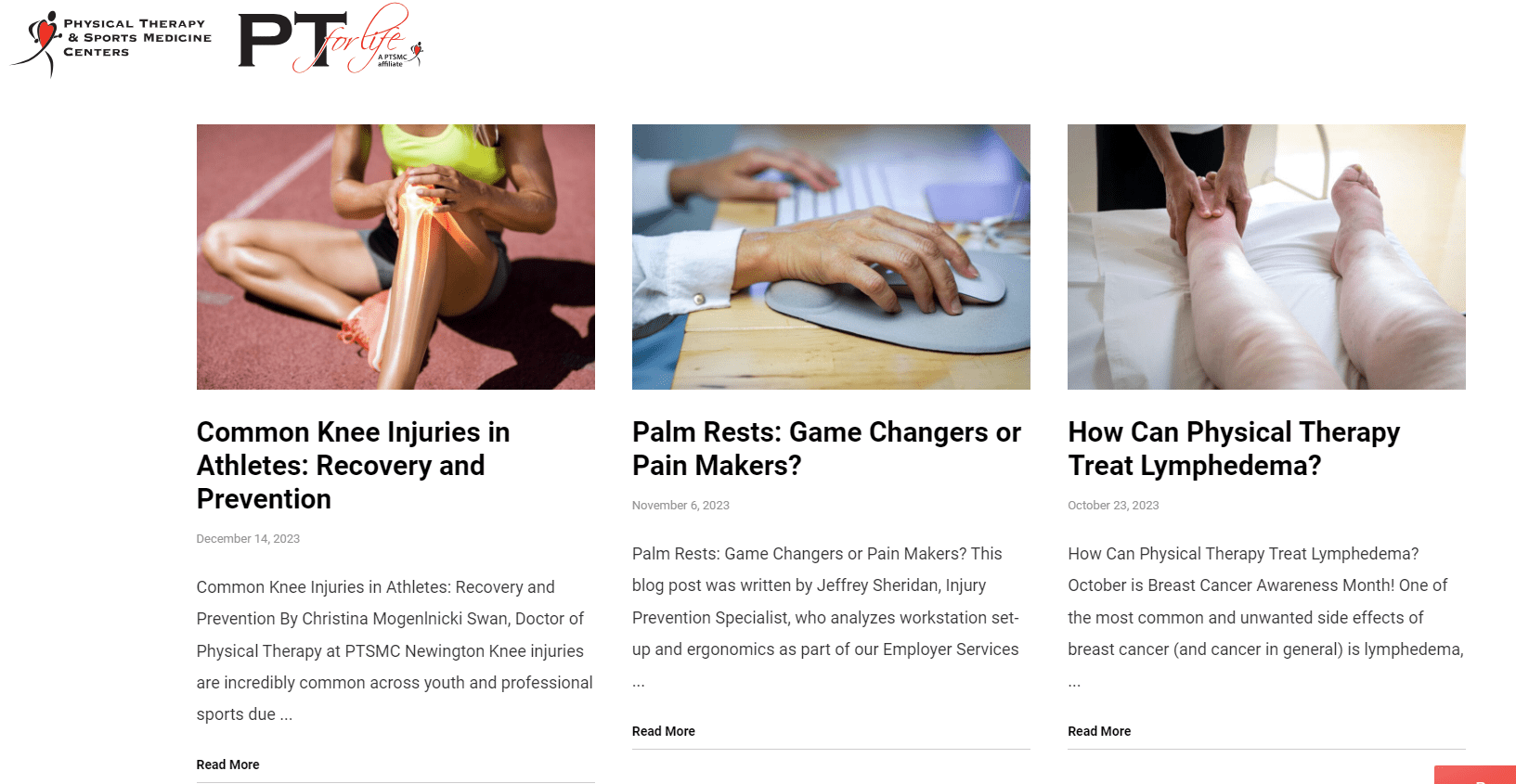
In the digital realm of physical therapy, content is king. But not just any content – quality, informative, and engaging content reigns supreme. It’s the kind of content that doesn’t just attract visitors but turns them into loyal patients.
Types of Content
Your content should be as diverse as the services you offer. This includes:
- Blog Posts: Cover everything from injury prevention to physical therapy trends. Ensure these are well-researched, informative, and valuable to your readers.
- Videos: Create short, informative videos demonstrating exercises or discussing common physical ailments. These can be highly engaging and are easily shareable on social media.
- Infographics are excellent for simplifying complex information, like explaining a physical therapy process or showing statistics about recovery rates.
Content for Engagement and SEO
Quality content also plays a pivotal role in your SEO strategy.
- Use Keywords Smartly: Integrate your researched keywords naturally into your content.
- Answer Questions: Your content should address common queries or concerns your potential patients might have.
- Update Regularly: Keep your content current. This shows search engines and users that you are a current and reliable source of information.
Creating quality content is a dynamic process that demands a deep understanding of your field and your audience. It’s about building a bridge of trust and expertise between you and your potential patients. Engaging, informative, and regularly updated content improves your SEO rankings and establishes your clinic as a thought leader in the physical therapy space.
On-Page SEO Techniques
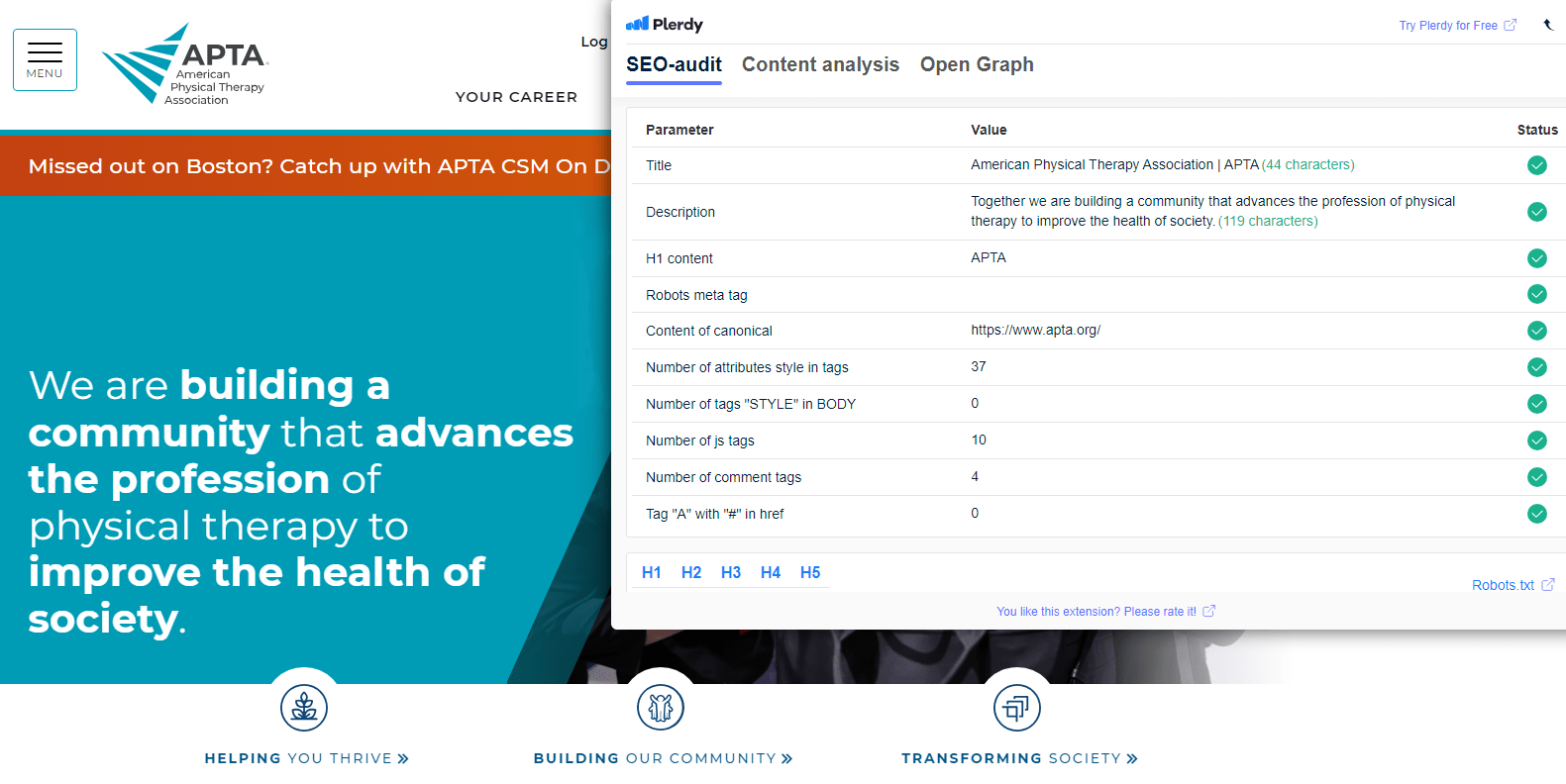
On-page SEO is like fine-tuning a musical instrument; every adjustment makes your website more harmonious and appealing to search engines. It’s about optimizing individual web pages to rank higher and earn more relevant traffic.
Title Optimization
The title tag of your webpage is its first handshake with search engines and users. It should be inviting and informative, naturally including your main keyword. For a physical therapy site, a title like “Effective Back Pain Relief Strategies – [Clinic Name]” strikes the right chord.
Meta Descriptions
Your meta description is like a billboard for your webpage. In 160 characters or less, it should briefly describe the page’s content and encourage clicks. Include a call to action and your primary keyword. For example, “Discover top back pain relief methods at [Clinic Name], your trusted physical therapy partner.”
URL Structure
The URL should be clean and easy to understand. Avoid long strings of numbers or characters. Instead, use a structure that includes a keyword and gives an idea of the page content, like www.yourclinic.com/physical-therapy-services.
Leveraging Local SEO for Physical Therapy Websites
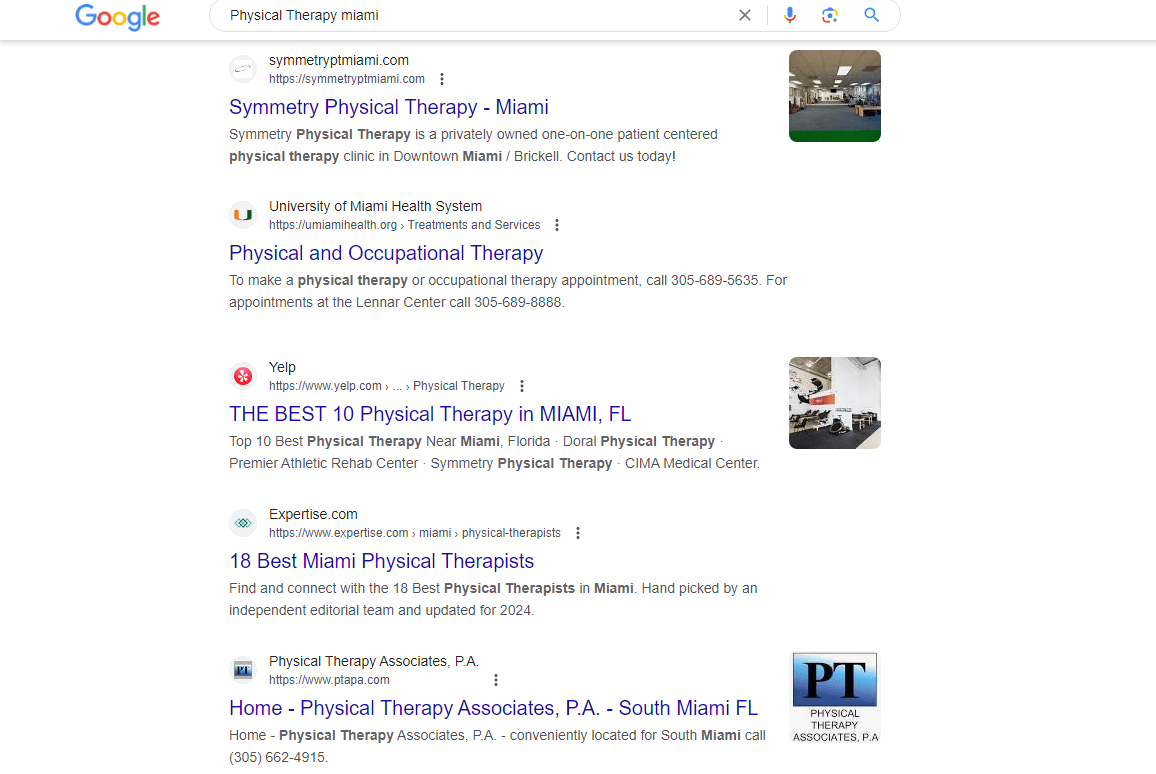
When it comes to your physical therapy clinic’s website, local SEO is akin to a neighborhood billboard. It ensures that when locals search for physical therapy services online, your clinic’s website shows up right on their doorstep. It’s about making your website’s presence known in your local community through effective SEO strategies for physical therapy.
Optimizing for Local Searches on Physical Therapy Websites
First, claim and optimize your Google My Business listing for your physical therapy website. This is your digital storefront for local SEO. For physical therapy websites’ local search engine optimization, your profile must have accurate and up-to-date information, such as your clinic’s name, address, phone number, and opening hours. Positive evaluations written by happy patients may do wonders for your physical therapy practice’s local search engine optimization (SEO) and the number of people who use your services.
Local Directories and Listings for Physical Therapy SEO
With an eye on physical therapy SEO, be sure to add your clinic’s website to local directories in addition to Google My Business. This includes sites like Yelp and Healthgrades. Ensure your information is consistent across all platforms for effective local SEO. Inconsistencies in your physical therapy website’s information can confuse search engines and potential clients, affecting the local SEO performance of your physical therapy services.
Building Search Engine Optimization Backlinks to Physical Therapy Websites
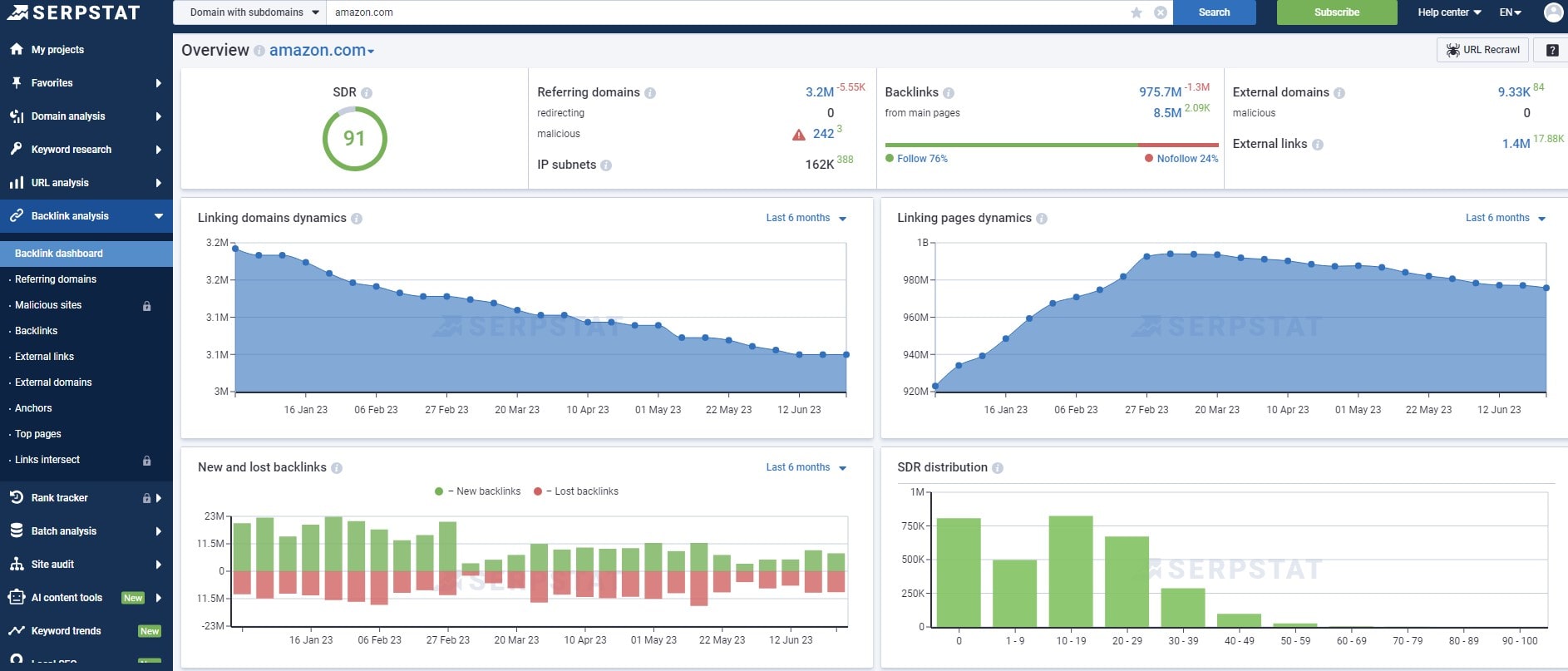
Establishing a network of referrals in the digital world for search engine optimization (SEO) purposes is analogous to building backlinks for your website that focuses on physical therapy. Just as a patient referral strengthens your credibility, a quality backlink boosts your physical therapy website’s authority in the eyes of search engines, enhancing your SEO.
Understanding Backlinks for Physical Therapy SEO
Other websites link to your physical therapy site as backlinks. They tell search engines that people endorse your physical therapy content, which is vital for SEO. SEO needs quality over quantity. If you own a physical treatment website, you should prioritize acquiring backlinks from authoritative healthcare blogs and local directories over purchasing dozens of links from low-quality or irrelevant sites.
Strategies for Backlink Acquisition for Physical Therapy Websites
Create shareable, high-quality physical treatment website content to get SEO backlinks. Interesting blog entries, videos, and physical treatment guidelines can boost SEO. Promote your physical therapy website’s SEO by collaborating with healthcare bloggers or local community websites. Local health forums and webinars can help boost your SEO by providing backlinks to your physical therapy website.
Mobile Optimization
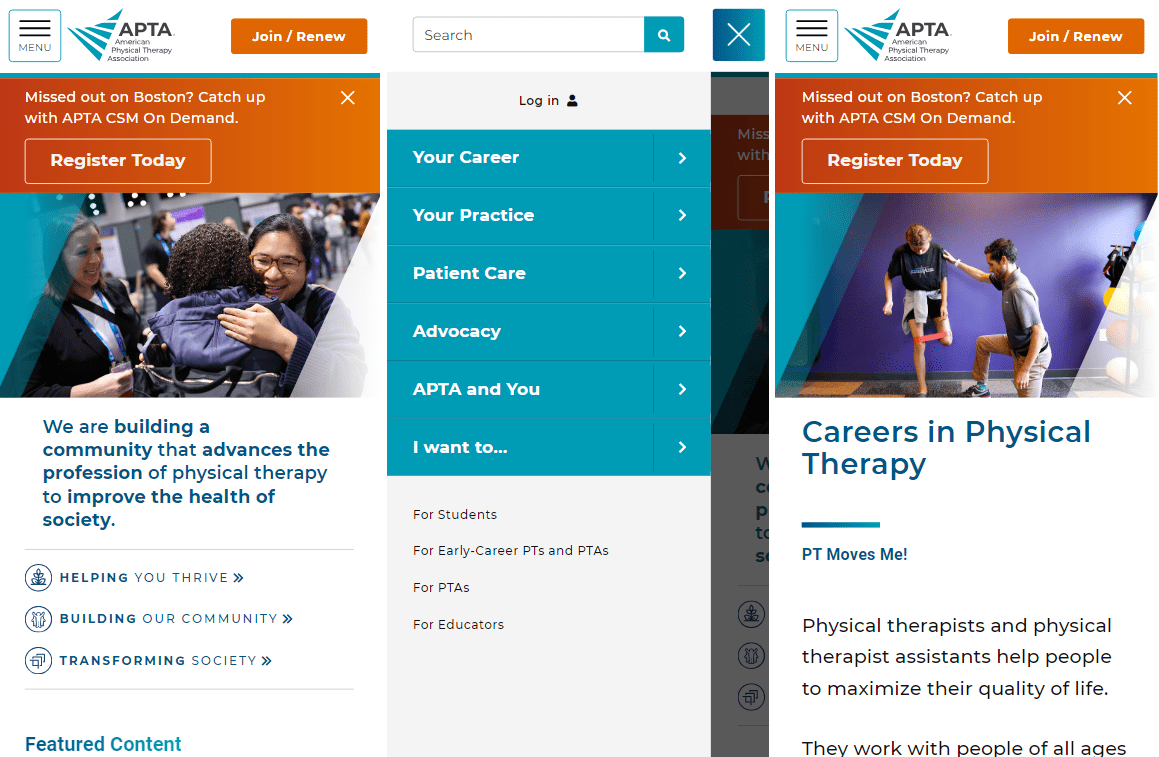
Your patients will likely find you on their smartphones in today’s fast-paced world. As a result, mobile optimization for your website designed for physical therapy is not merely a desirable feature; rather, it is an absolute must. It’s like opening your doors wider to welcome more patients.
Mobile optimization ensures your website functions flawlessly on mobile devices. It’s about providing a seamless, user-friendly experience whether your patients are scrolling on a phone or a tablet. A well-optimized mobile site loads quickly displays content properly and makes navigation a breeze.
Importance of Mobile Optimization
Google prioritizes mobile-friendly sites in search results. If your site isn’t optimized for mobile, you’re potentially losing out on significant traffic. Mobile-friendly sites reduce bounce rates and increase content engagement.
Implementing Responsive Design
Responsive design is the key to mobile optimization. Your website automatically adapts its layout, pictures, and information to the screen size. No more pinching and zooming. Every element should be easily readable and accessible on any device.
SEO Tracking and Analytics
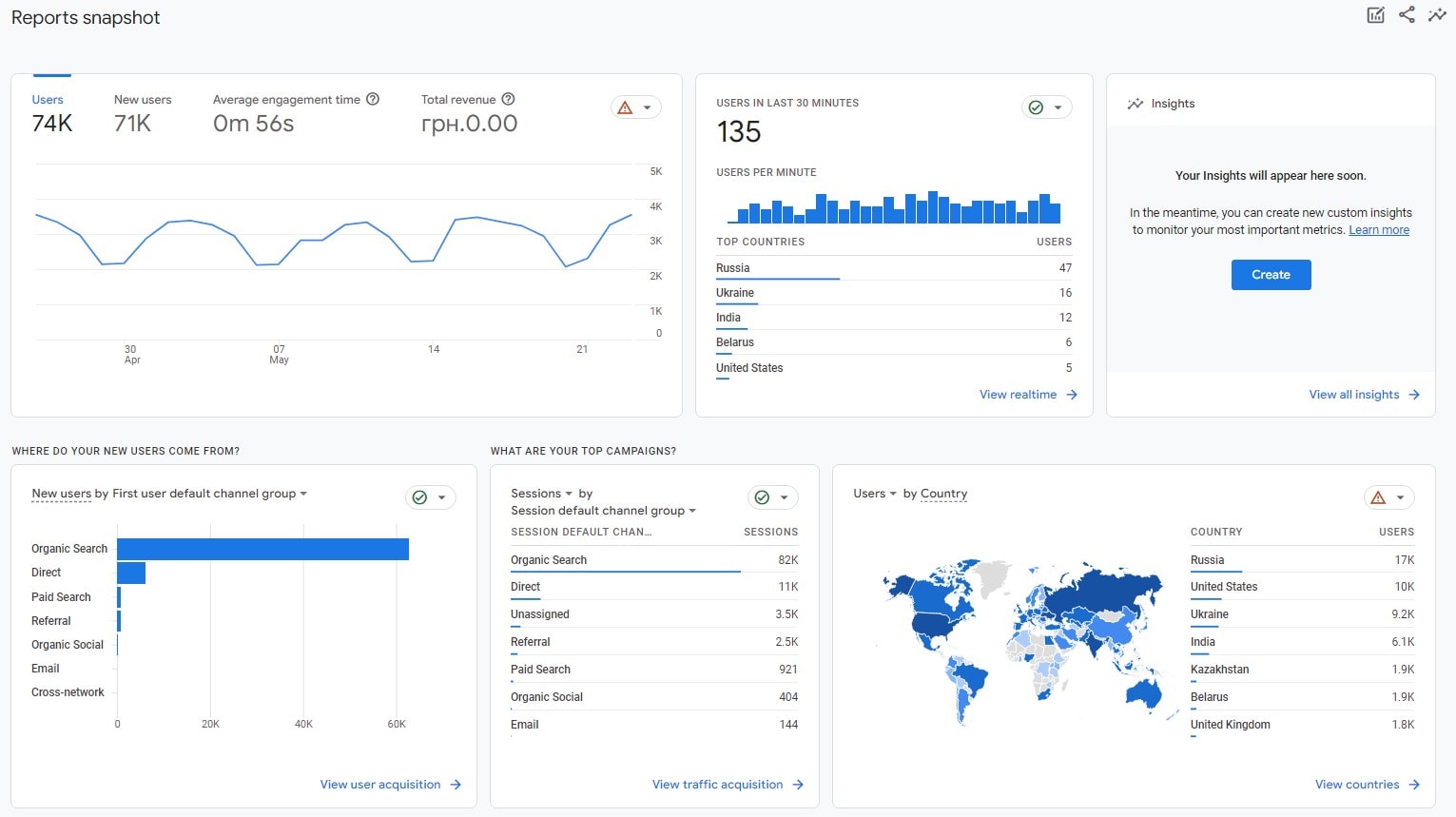
SEO metrics are like physical therapy vital signs—they show your website’s health. Understanding SEO tracking and analytics is crucial in fine-tuning your strategy to ensure it aligns with your goals.
SEO Metrics to Track
Firstly, keep an eye on your website’s traffic. Information such as the overall number of visitors, the websites they originated from, and the pages they spend most of their time on can be discovered with the help of analytics tools such as Google Analytics.
Next, monitor your search engine rankings for key keywords. This will show you how well your SEO efforts are paying off and where there’s room for improvement.
Using Analytics Tools
It would help if you used Google Search Console and Google Analytics. They provide a wealth of data, from user behavior to site performance. Regularly check these tools to understand your audience better and adapt your content and SEO strategies accordingly.
Social Media Integration
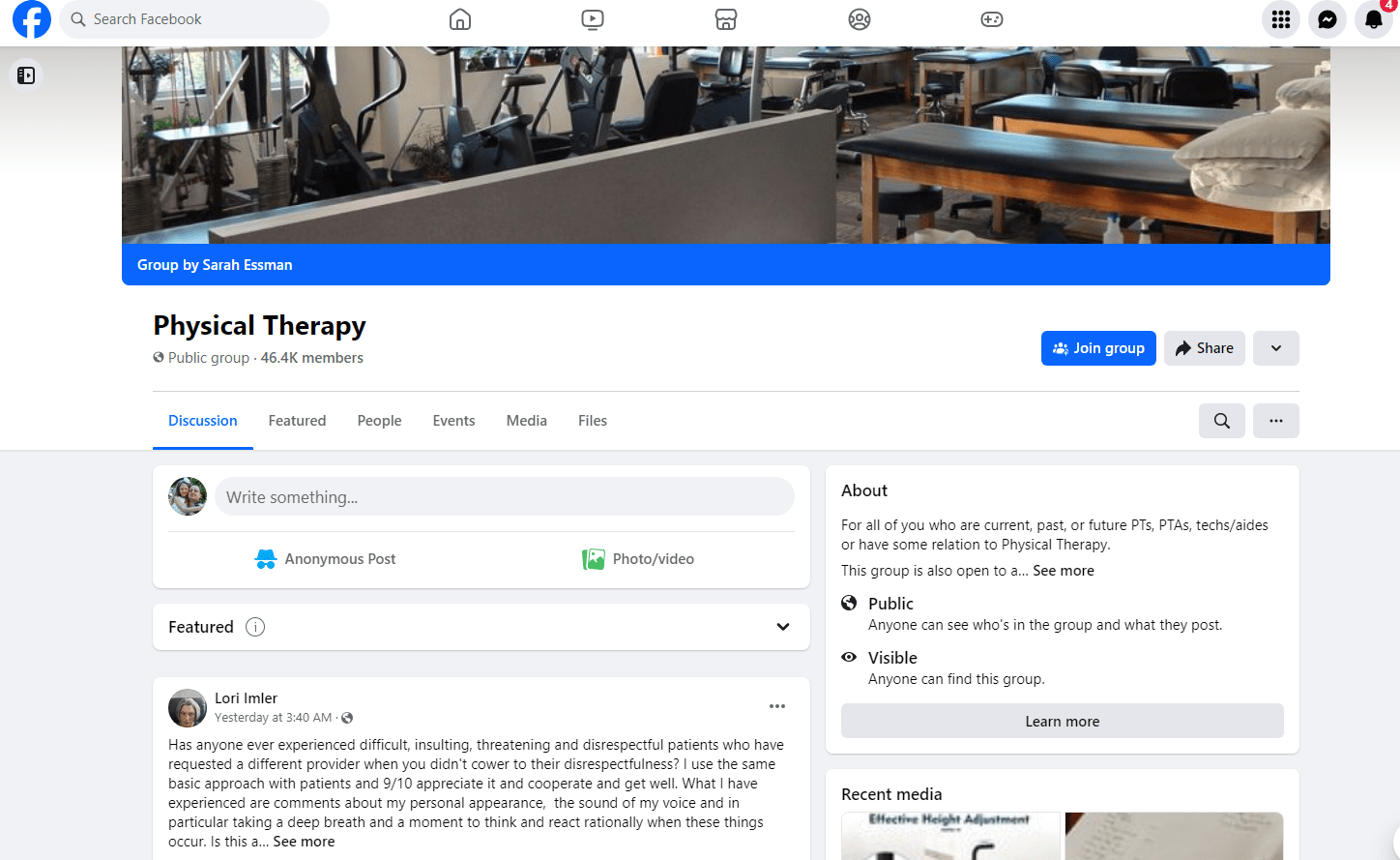
In the digital age, social media is a powerful tool for physical therapy clinics to enhance their online presence and SEO. It’s like extending a friendly hand to potential clients whom they spend a lot of their time on social media platforms.
Integrating social media into your SEO strategy means more than having active profiles. It’s about creating a cohesive and engaging online presence that resonates with your audience and complements your website’s content.
Social Media for SEO Enhancement
Social media can greatly affect SEO. Regularly posting valuable content, such as informative articles, engaging videos, or helpful tips about physical therapy, can drive traffic to your website. This increases your visibility and supports your position as an authority in your field.
Driving Traffic Through Social Media
Promote your website content, blog entries, new services, and patient testimonials on social media. Build a clinic community by commenting and messaging. This interaction fosters trust and encourages visits to your website, indirectly boosting your SEO.
User Experience and Site Performance

Enhancing user experience and site performance is like ensuring a smooth path for your patients in a physical therapy clinic. Just as a well-organized clinic space creates a positive impression, a well-optimized website offers a pleasant and efficient online experience.
Good website performance and a user-friendly interface are key to retaining visitors and improving your site’s SEO. A site that loads quickly and navigates easily meets the users’ expectations and keeps them engaged.
Importance of Site Speed
Your website’s loading speed is crucial. A slow-loading site can frustrate visitors, increasing bounce rates, which negatively impacts your SEO. Google’s PageSpeed Insights can examine and speed up your site.
Enhancing User Experience
A well-designed website is understandable. Make your site easy to use with clear navigation and a clean design. Your content should be easily readable, with well-organized headings and concise, informative text. A FAQ section can improve user experience by answering common questions quickly.
Conclusion
SEO is your digital backbone in physical therapy, supporting and enhancing your online presence. Just as therapy brings strength and mobility, effective SEO strategies bring visibility and growth to your practice. Remember, the journey of optimizing your website is continuous, adapting to new trends and technologies. Interested in more insights? Dive into other articles on Plerdy’s blog, where we unravel the mysteries of digital marketing and SEO. And if you’re ready to take your website’s performance to the next level, explore how Plerdy’s tools can empower your SEO strategy. Start today with Plerdy to boost your internet visibility and patient reach.
